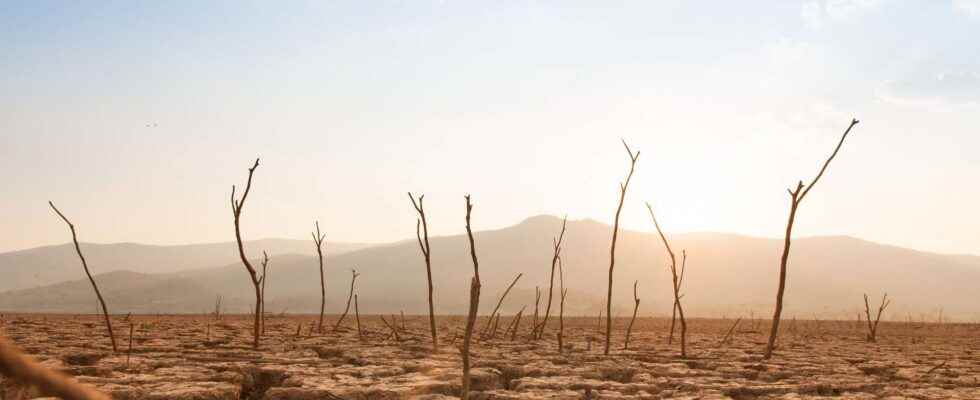You will also be interested
[EN VIDÉO] Interview with Jean Jouzel: Is global warming of human origin? The French paleoclimatologist Jean Jouzel sheds light on the part of responsibility of humans in the climate crisis.
Southwestern North America has a low rate of precipitation and a dominance ofaridity since the year 2000. These particularly dry conditions for 22 years have not been seen since at least 1901. These years were punctuated by a drought extreme between summer 2020 and summer 2021, forcing unprecedented restrictions on the use of the Colorado River. A new study, published in Nature Monday 14 February by A. Park Williams, researcher climatologistand colleagues, showed that 42% of this mega-drought in southwestern North America is induced by anthropogenic climate change.
A dendrological approach to measuring moisture levels in soil
For this study, teams of climatologists from UCLA, Nasa and the University of columbia examined soil moisture levels through the analysis of soil model data tree rings. Soil moisture is a particularly important factor as it impacts agricultural productivity and the amount ofirrigationon the productivity and well-being of ecosystems, but also on the activity of forest fires and the intensity of waves of heat.
With this dendrological approach, the scientists were able to observe that the rings of tree rings have a weak growth pattern, typical of dry periods. These observations are in agreement with the average rainfall between 2000 and 2021 which is 8.3% lower than the average between 1950 and 1999, helping to reduce soil humidity and therefore increase drought.
Moreover, when comparing with the infamous mega-droughts that happened repeatedly between the 800s and 1600s, scientists have found that the one in our millennium was much larger, ranking the last 22 years as the worst period. dry for at least 1,200 years.
Drier decades ahead
Although there have been interruptions in these episodes of abnormally dry conditions during these 22 years, aridity continues to dominate. The main author of the article, A. Park Williams, had conducted a similar study in 2018 and had assumed that this long drought event could have ended in 2019 due to heavy rainfall that year. However, the drought had resumed in 2020 and intensified exceptionally in 2021, indicating to climatologists that it was far from over and that even drier decades were ahead. Indeed, the team of researchers has shown that increasing temperatures will increasingly increase the risks of a long and serious situation like this. In fact, they even show that, without the climate change of anthropogenic origin, the period 2000-2021 would not have even seen a single prolonged drought event like now.
In addition to the fact that they will increase during this century, these periods of drought risk spreading geographically and appearing on other continents. However, one of the authors, Jason E. Smerdon, remains optimistic because our knowledge of what is happening and what will happen gives us the ability to take action and anticipate these extreme periods so that they are less difficult to live with.
Interested in what you just read?
